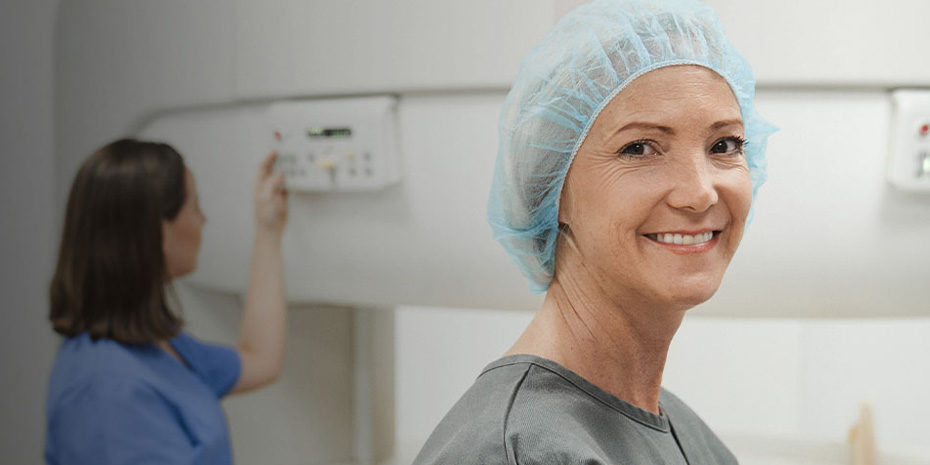
New research based on data from the 45 and Up Study shows men have a 43% greater risk of dying from lung cancer than women, with cancer treatment being the most influential factor in this difference.
The study from the Daffodil Centre, a joint venture between the University of Sydney and Cancer Council NSW, is the first Australian prospective study to confirm the sex difference in survival rates as well as the importance of prognostic factors such as cancer treatment received, tumour characteristics and the smoking status of the patient.
Lung cancer is the fifth most common cancer in Australia, with an estimated 13,800 people diagnosed in 2021.
The study, published in the May issue of the Journal of Thoracic Oncology, looked at 1130 participants who were cancer-free at the time of joining the 45 and Up Study (between 2006 and 2009) but were diagnosed with lung cancer by 2015. It found that the median survival time for women was 1.28 years after diagnosis, while for men it was 0.77 years.
Receiving cancer treatment within six months of diagnosis accounted for half the difference in survival rates. This could partly be due to a lower proportion of men having surgery within six months than women (17% versus 25%), study authors suggest. “Men are older at diagnosis, less likely to be never-smokers, and have more comorbidities which might prevent them from having surgery.”
Women with lung cancer may also respond to chemotherapy better than men, as the survival advantage was shown across all stages of lung cancer. Targeted therapies or immunotherapy were not widely used at the time of the study so could not be analysed.
Significantly, the survival advantage remained when no treatment was given within six months. The study authors note this may indicate that lung cancer in women has a different natural history, such as immunologic or gene mutation differences.
The next most important factor was smoking status, which accounted for 28% of the survival difference. “This is likely because more women were never-smokers compared with men (23% versus 8%) and never-smokers are more likely to receive aggressive or complete treatment and to respond well to treatment,” the study authors say.
The final major factor was tumour type, as more women than men in the study had adenocarcinoma (51% versus 33%), which is the most common type of lung cancer and has a higher survival rate. Importantly, women with adenocarcinoma had significantly longer survival than men with adenocarcinoma after adjusting for smoking status, which further suggests that tumour biology plays a role.
As the type and timing of treatment has the biggest impact on survival, the study authors say that the next step is to evaluate patients’ and family members’ choices and perceptions of treatment.
“There’s a need for better understanding around sex differences regarding treatment access and patient choice.”
Commenting on the findings in an accompanying editorial in the journal, Dr Claudia Poleri from María Ferrer Hospital in Argentina says that this study confirms that more can be done to improve survival rates.
“It is necessary to implement screening programs and build artificial intelligence diagnostic algorithms considering the role of sex and gender equity to ensure that innovative technologies do not induce disparities in clinical care,” Dr Poleri says.
The 45 and Up Study is the largest ongoing study of healthy ageing in Australia, and one of the largest in the world. It’s made possible thanks to more than 250,000 dedicated participants across NSW, who are kindly sharing their health information with us to help create a healthier Australia.
If you’d like to stay up-to-date on the study, sign up for our newsletter or explore more of the research here.





